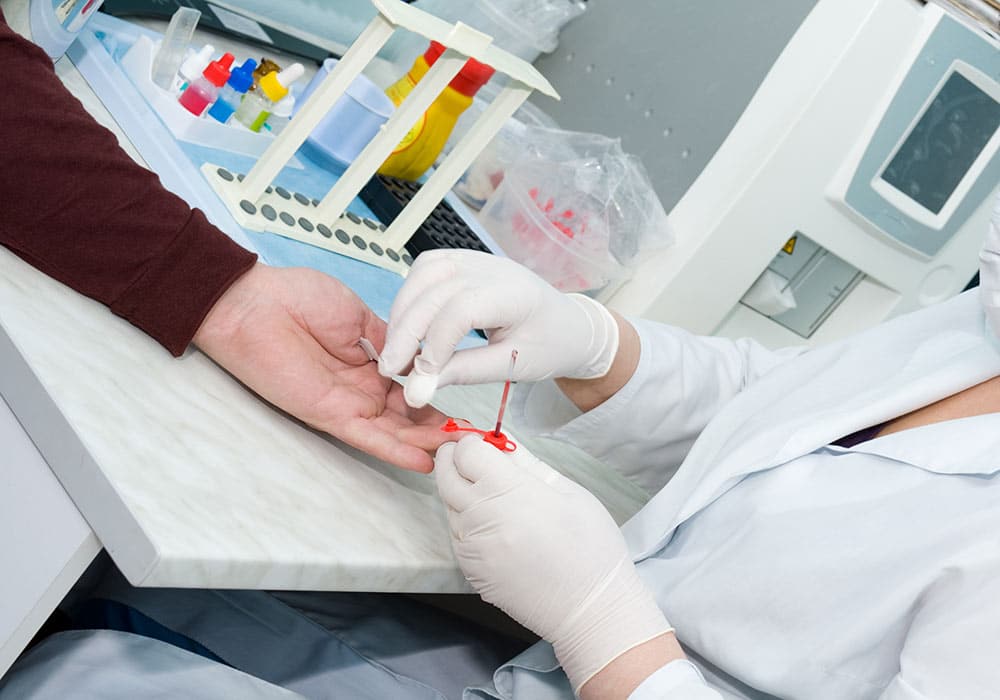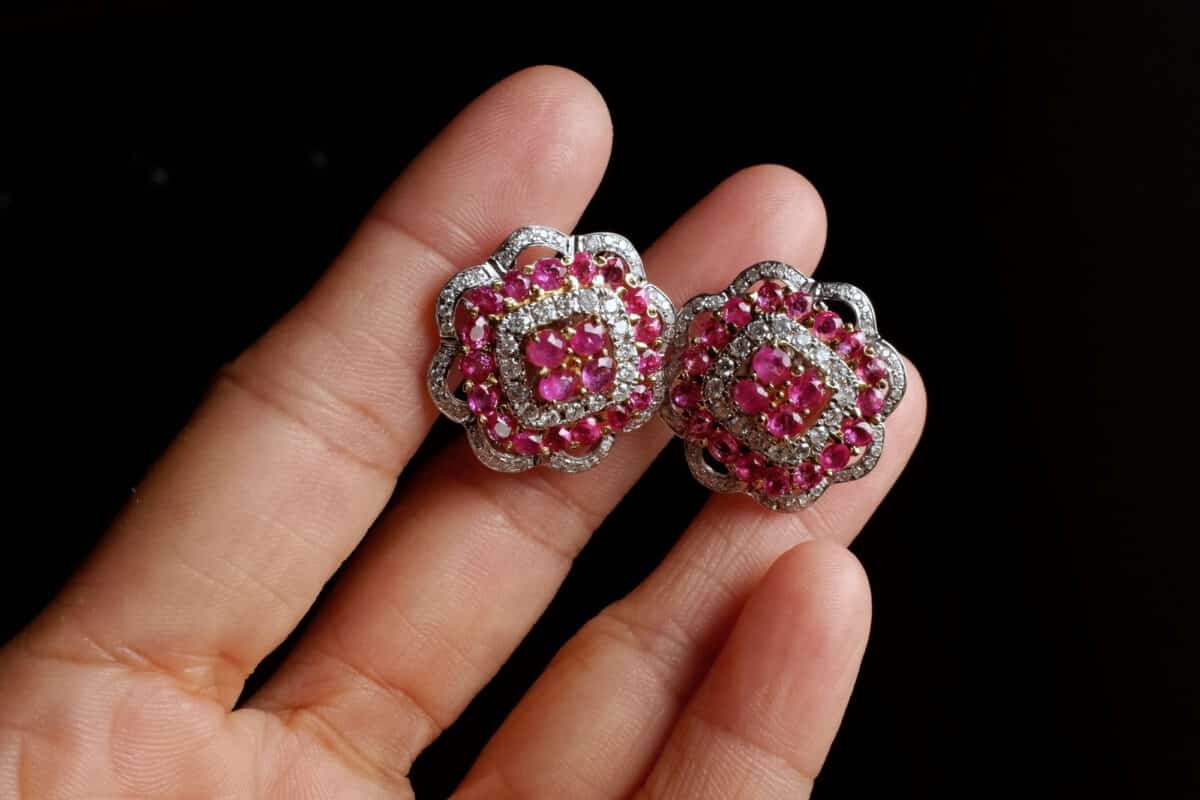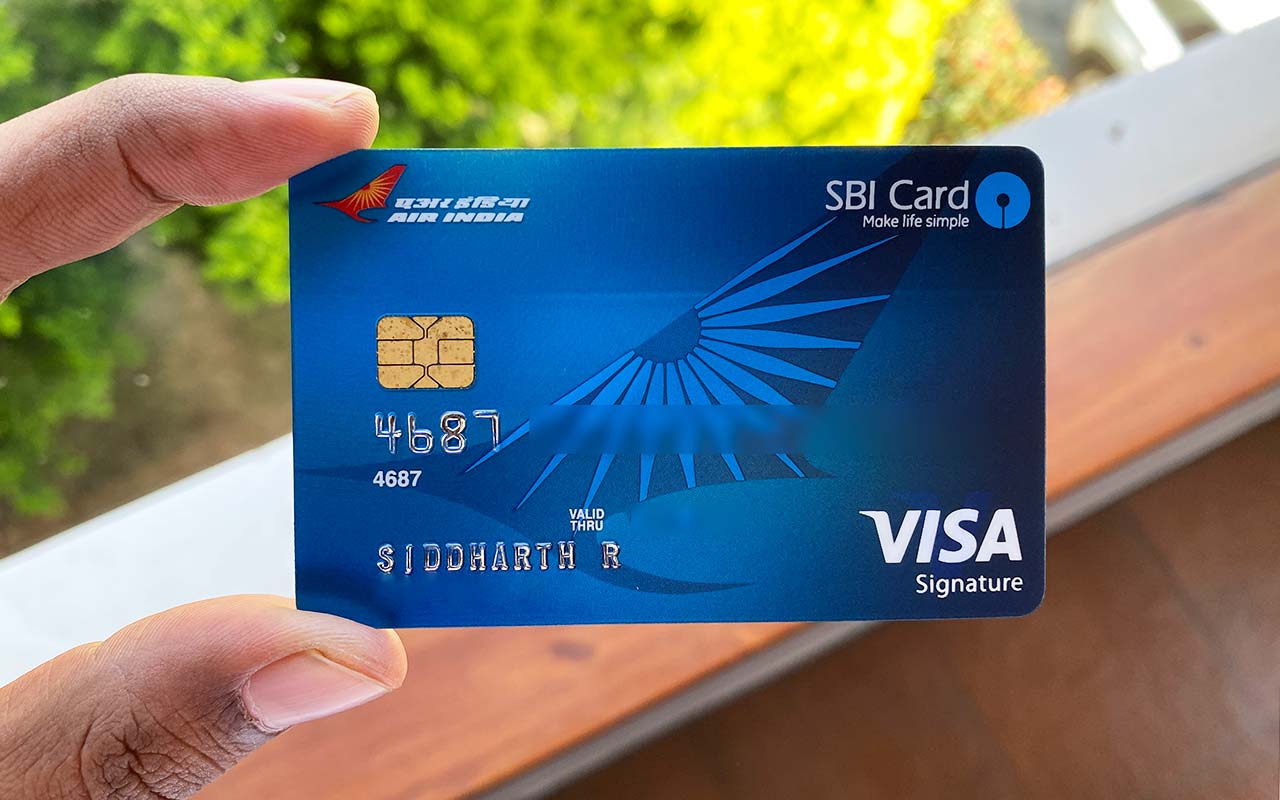Right below the Royal Residence, the Hofkeller in Würzburg (the Court Cellar of the former Prince Bishop, today the Royal Bavarian Court Cellar) is a labyrinthine cellar covering 4,557 m². Bavaria’s beer has numerous varieties, and Bavarian events such as Oktoberfest make its beer world-famous. Hence, I am interested in knowing why Würzburg, a big Bavarian city, has such an excellent wine cellar operating for over eight centuries.
The cellar tour took place on the last day of our Franconia weekend trip. Because the cellar is below the Würzburg Residence, it is easy to combine with the visit to the grandiose castle. Between large wine barrels and corridors dimly lit by candlelight, we have learned interesting facts about the stronghold of Franconian viticulture. The wine cellar stretches around one kilometre in winding corridors through the earth. If you visit the Franconian wine metropolis of Würzburg, you should not miss this labyrinth where fine wines mature.
A short brief of History
The success story of the Hofkellar began in 1128 when the Bishop of Würzburg Embricho donated a plot of land in Zell for the monastery construction. That was also the beginning of work in the vineyard and in the cellar.
In 1540, Franconia produced the best wine of the past centuries. In 1684 during the Swedish War, the Swedes built a new barrel to save wine from 1540. That barrel is now the oldest in the cellar. Nearly two centuries later, in 1719, Prince Bishop Schönborn commissioned the construction of the Würzburg Residence and ordered an excellent wine cellar to be included in the plans.
One year later, the cellar construction started. And since 1814, Würzburg has become part of Bavaria. The Prince Bishop’s Hofkeller, later the Royal Bavarian Hofkeller, and now the Bavarian State Winery (Staatlicher Hofkeller Würzburg), have always been owned by the then current ruling power.
Legendary wine year 1540
Our tour guide was a witty person who delivered a dry sense of humour. Within 45 minutes, he narrated several hidden stories about the wine.
Because of the best climate and other factors, the wine from 1540 was the best in the winery’s history. When the 30-year Swedish War started, Sweden built a barrel to keep the rest of the wine from that year. That barrel is still in the cellar.
Later in 1814, the land of Würzburg belonged to Bavaria, and so did the winery. When Bavaria King Ludwig II got to know the old barrel, he claimed the barrel was not safely stored. Therefore, he moved the wine to his residence but sold the majority of the wine in bottles secretly. King Ludwig II used the money to finance his fairy tale castle near Munich. Upon the King’s death, the Bavaria government sold most of his property, including the 1540 wine, to repay his debt.
A Jewish wine trader Simon from Wiesbaden in Germany bought all 1540 wine bottles. During the World War, he escaped to London and opened a wine shop to sell his wine collections. Unfortunately, Hitler also bombed London, and so did his wine shop. After the war, his descendants cleared away the ruins and found some 1540 wine bottles intact inside a secure basement cellar.
Then, the family invited ten world-famous connoisseurs of wine to identify the origin of the wine. However, the connoisseurs could only drink the first glass of wine. The rest wine got oxidized so quickly that it tasted like vinegar. Having identified the wine, the family decided to send the rest two bottles back to Hofkellar in Würzburg.
Surprisingly, Hofkellar did not believe the bottles contained the wine from 1540. At the time, two hospitals, which operated two other wineries in Würzburg, opened one bottle and confirmed the wine was from 1540 after tasting. The second bottle became the last known and remaining full bottle from this legendary vintage. One of the two hospitals is an elderly home today and keeps the final bottle in its basement.
The giant wine barrier and the sponsored wine barrels
The barrels in the cellar can contain up to 1200 litres of wine each. Many barrels in Hofkellar in Würzburg carry sponsorship. The sponsors’ names, either company names or private persons, are printed on the barrels. Each year, the Hofkellar in Würzburg invites the sponsors to taste the new wine.
At the end of the cellar tour, our group passed a huge wine barrier. In the Middle Ages, servants got paid by wine, the liquid salary. At that time, people drank wine more often than sometimes contaminated water. Those court servants who had a good relationship with the wine master could get the wine of good quality. Therefore, the cellar built a 50000-litre giant barrel and stored wines mixed with various grades of quality. All servants got the wine from the same barrel.
Types of Wines from Hofkeller in Würzburg
Because of the climate issue, wineries in the Würzburg region produce mainly white wines. The quality of wines is classified by the harvest quantity and the harvest location of the grapes, the VDP-specific classifications. The Verband Deutscher Prädikatsweingüter (VDP) is a German organization that promotes the country’s top wines and estates. In general, there are four types of wine: VDP. GROSSE LAGE, VDP.ERSTE LAGE, VDP.ORTSWEINE, and VDP.GUTSTEIN.
- VDP.GROSSE LAGE wine distinguishes the highest quality German vineyards and uses grape varieties typical for the region that matching the needs of that individual vineyard.
- VDP.ERSTE LAGE expresses the character of a vineyard.
- VDP.ORTSWEINE wine is bottled from regional grape varieties.
- VDP.GUTSWEIN wine is a distinctive signature of winegrowers. They are often the first wines of a wine year to be bottled and sold. The wines grow in the winery’s vineyards.
At the end of the guided tour, we tasted the VDP. ERSTE LAGE. Having stayed in Bamberg for three days, I can say that the wines from Würzburg are the best Franconian food pairing drink.
Travel Tips for Hofkeller in Würzburg
Join a tour
Currently, individual person can only join a German-guided cellar tour. English guided tour is available for the groups. But you can join a Guided Walking Tour with Franconian Wine to explore the old town and the wine for a small budget. In the winery’s shop, you can buy all wines mentioned above.
How to get to Würzburg by train
Würzburg is only about one hour by train from Frankfurt and is thus a perfect day trip destination from Frankfurt. Information on the railway you can find on www.bahn.com. It is an approximately 20-minute walk from the station to the Würzburg Residence.
How to get to Würzburg by car
- From the A7 coming from Ulm – take the Kitzingen exit and continue on the B8 via Biebelried to Würzburg.
- From the A7 coming from Kassel – take the Estenfeld exit and continue on the B19 dual carriageway to Würzburg (ca. 7 km).
- From the A3 coming from Nuremberg – take the Rottendorf exit and continue on the B8 to Würzburg.
- From the A3 coming from Frankfurt – take the Heidingsfeld exit.
In front of the Würzburg Residence, the Residence car park (“Parkplatz Residenz”) 400 parking places.
Where to stay in Würzburg
Many hotels are in the old town, within walking distance from the Würzburg Residence and Hofkeller and to the Marienberg Fortification.




